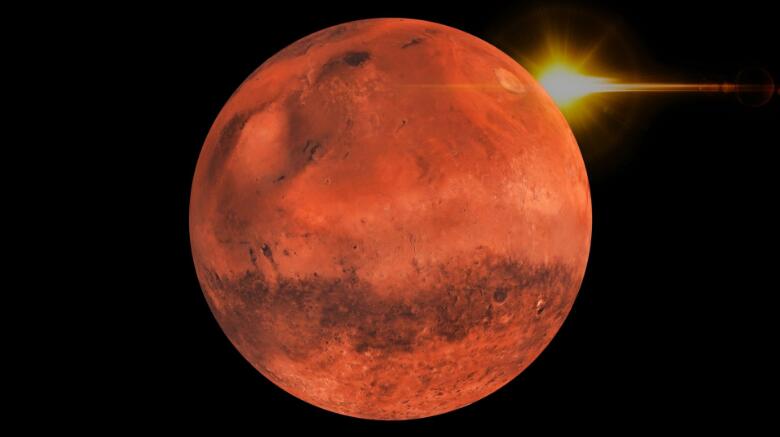 为什么殖民火星这么难?
为什么殖民火星这么难?
正文翻译

Why is it so hard to colonize Mars?
为什么殖民火星这么难?

Why is it so hard to colonize Mars?
为什么殖民火星这么难?
评论翻译

Why is it so hard to colonize Mars?
为什么殖民火星这么难?

Why is it so hard to colonize Mars?
为什么殖民火星这么难?
很赞 5
收藏